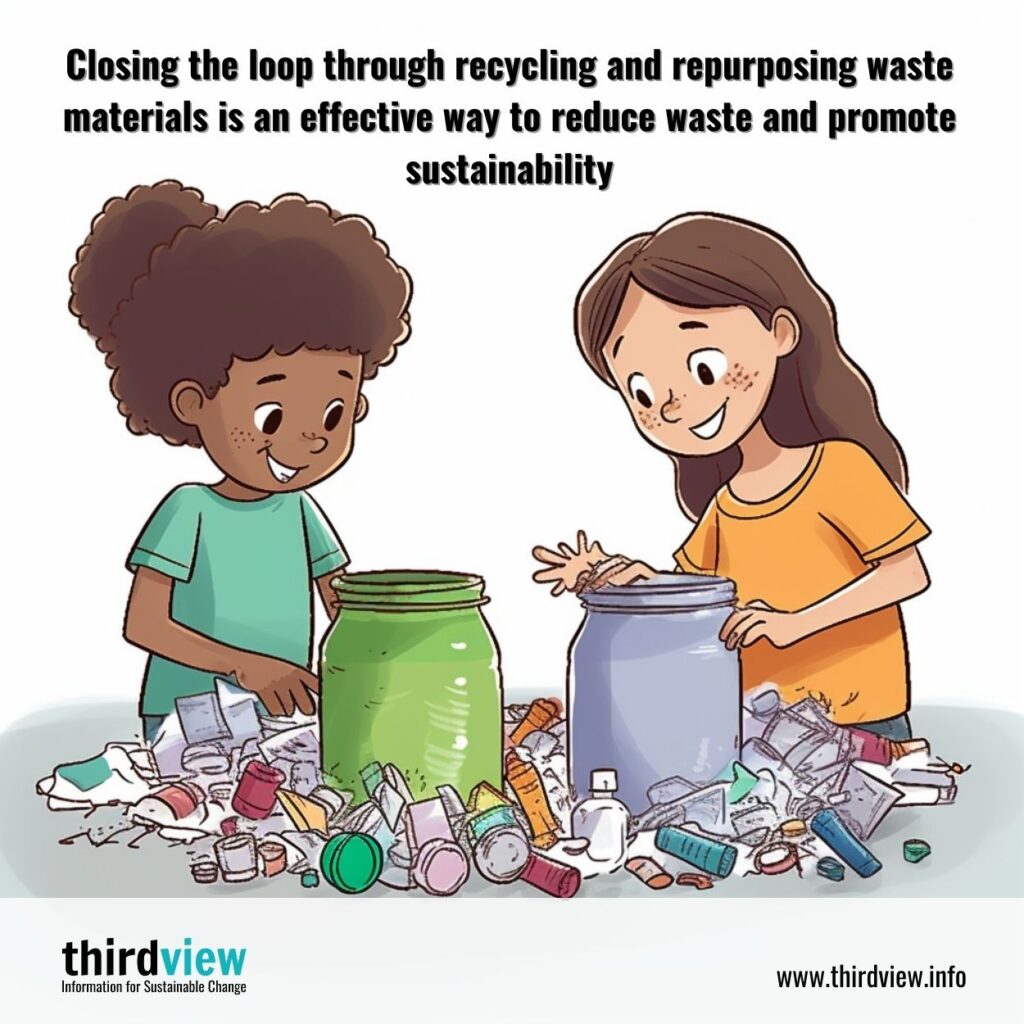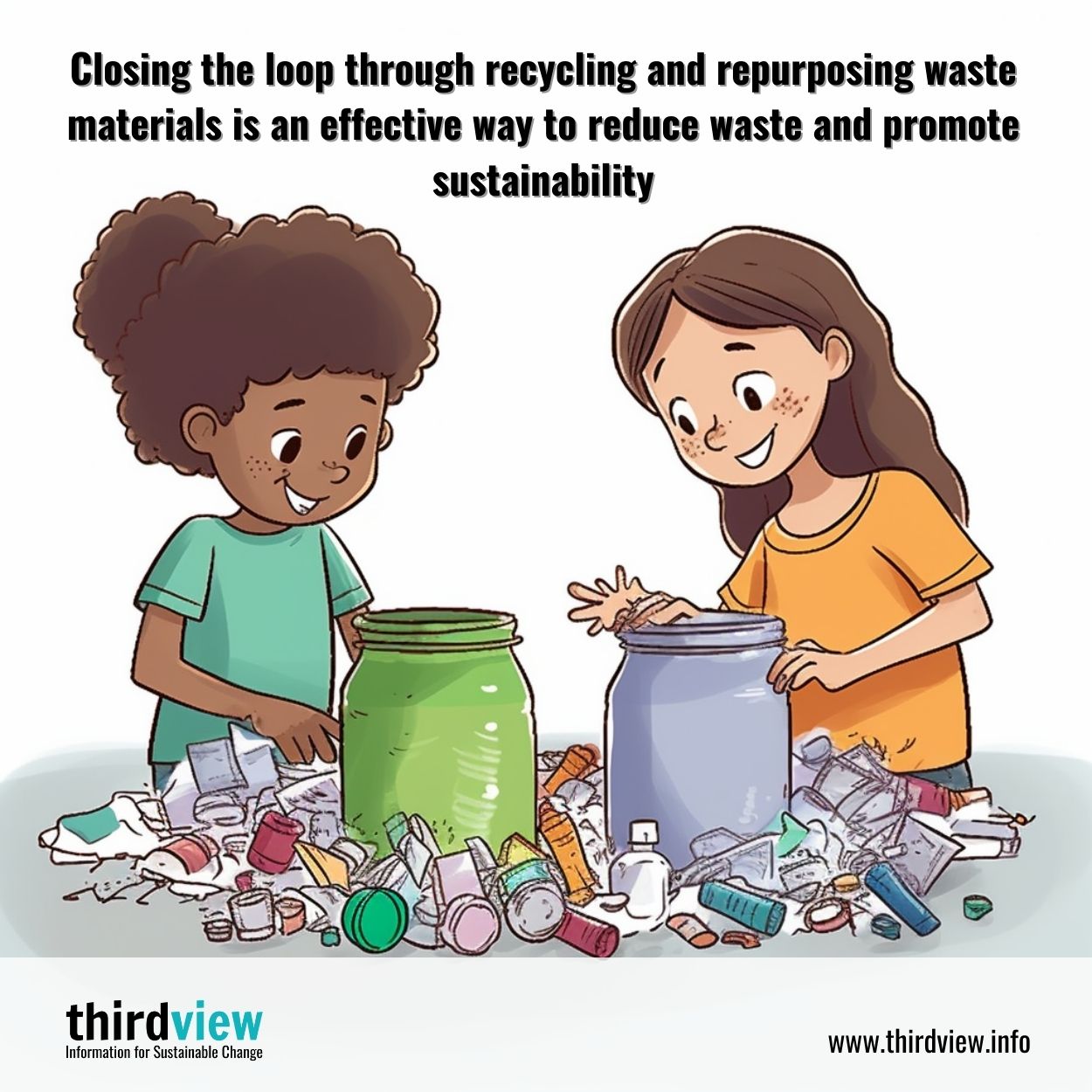Sustainable consumption and production have become increasingly important in modern society. As we aim to reduce our environmental impact and create a better future for our planet, it is crucial that we establish sustainable consumption and production patterns. While many are familiar with the popular best practices for achieving this, there are some lesser-known practices that can be just as effective. In this blog post, we will share some of these best practices that you may not know about.
Sharing Economy
One of the lesser-known best practices for establishing sustainable consumption and production patterns is a sharing economy. This simply means that instead of each person owning the item they use, they share it with others. This concept has been around for centuries but has gained more popularity in modern times. A sharing economy reduces waste and saves resources, making it a key factor in creating sustainable production and consumption patterns.
Closing the Loop
Closing the loop refers to the process of recycling and repurposing waste materials to produce new products. This is an excellent way to reduce waste and ensure that the resources we use are maximized. It also helps to save energy and reduce carbon emissions, making it a key factor in establishing sustainable production and consumption patterns.
Renewable Energy
Renewable energy is a well-known best practice for creating sustainable consumption and production patterns. It involves using resources that are replenished naturally, such as solar, wind, and hydroelectric power, in place of non-renewable energy sources like coal and oil. This helps to reduce carbon emissions and our reliance on fossil fuels, making it a key factor in creating a sustainable future for our planet.
Minimalism
Minimalism refers to the practice of living with only the essentials and avoiding excess consumption. It involves reducing our overall consumption of goods, as well as practising conscious consumption to ensure that the items we do buy are sustainable and environmentally friendly. Minimalism helps to reduce waste and our environmental impact, making it a key factor in establishing sustainable consumption and production patterns.
Circular Economy
Circular economy is an economic model designed to ensure that resources are used as efficiently and sustainably as possible. It involves designing products with the intention of extending their life cycle, reducing waste, and repurposing materials. The circular economy has gained significant popularity in recent years as it represents an effective way to reduce waste and promote sustainable consumption and production patterns.
As we have seen, there are several lesser-known best practices for establishing sustainable consumption and production patterns, including sharing economies, closing the loop, renewable energy, minimalism, and circular economy. By implementing these practices, we can reduce our environmental impact, minimize waste, and create a better future for our planet. It is our responsibility to be mindful of our consumption and production patterns and to work towards creating a more sustainable future. We hope that this blog has inspired you to explore these lesser-known best practices and incorporate them into your daily life.


